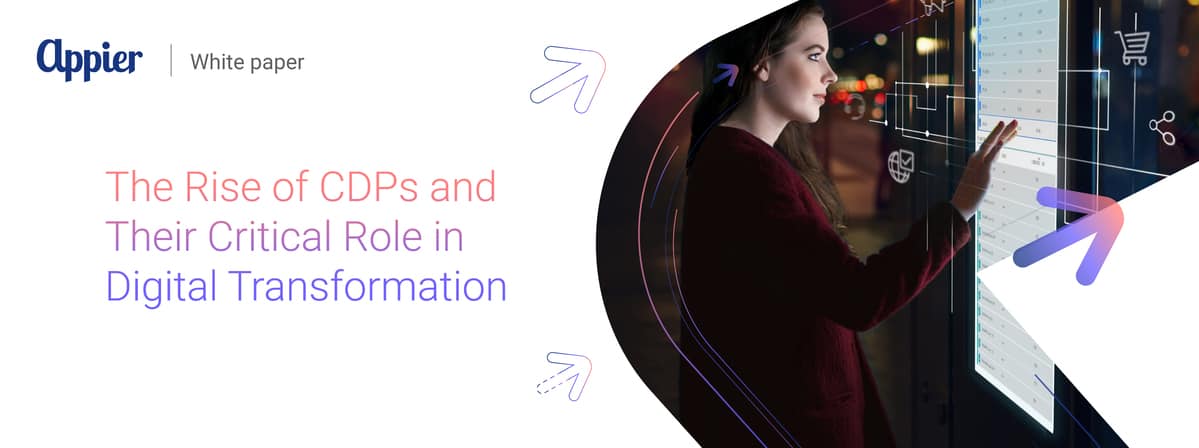The COVID-19 pandemic has changed many aspects of people’s lives and businesses. It has also changed the velocity of digital transformation. While many companies had plans in place to digitize their business processes and systems prior to the pandemic, COVID-19 has pushed forward those agendas tremendously. According to a McKinsey Global Survey, companies have accelerated the digitization of their supply-chain and customer interactions and of their internal operations by three to four years.
Such acceleration is mainly driven by changing consumer behavior as many consumers have turned to online channels for everything from groceries shopping to fitness classes and financial services during the pandemic. Purchases that were previously conducted in the offline world are now moving to digital platforms. And they also tend to shift between platforms.
Consumers may start browsing online using a PC in the office, switch to a tablet at home and then use a smartphone during their commute. They may visit a store, make a phone call or use a chatbot as part of their purchasing process. That has put renewed focus on ensuring that offline and online business data are brought together. Businesses are dealing with more data, from more places with a far greater impact on their chance of success.
Many companies are questioning whether the changes in consumer behavior are temporary and will pass once vaccinations are broadly available and carried out. However, some researchers suggest that “consumers are settling into new patterns of behaviour for considerable lengths of time”.
Therefore, how can businesses better understand their customers to provide personalized, consistent experiences while ensuring viability and profitability? The key to making better business decisions is to have access to the right data in order to gain valuable customer insights and to be well prepared to act faster than the competition.
A platform that allows organizations to integrate, process and use data brings a major strategic advantage. This makes a customer data platform essential. It creates individual customer profiles by pulling together data from multiple sources into a unified, single source of truth about customers. That includes data from point of sale, finance and inventory systems, social media, website analytics and other external sources. Bringing that data together into a single location allows businesses to gain insights that may be missed and to drive faster and more effective training of machine learning (ML) and artificial intelligence (AI) models used by marketers.







